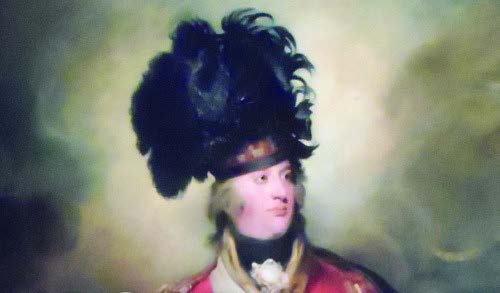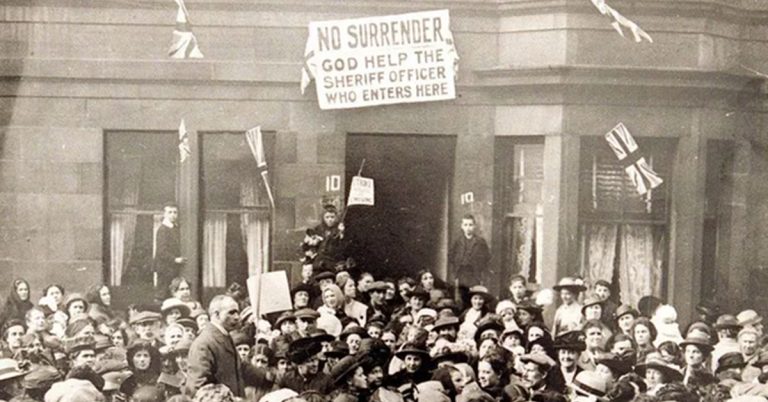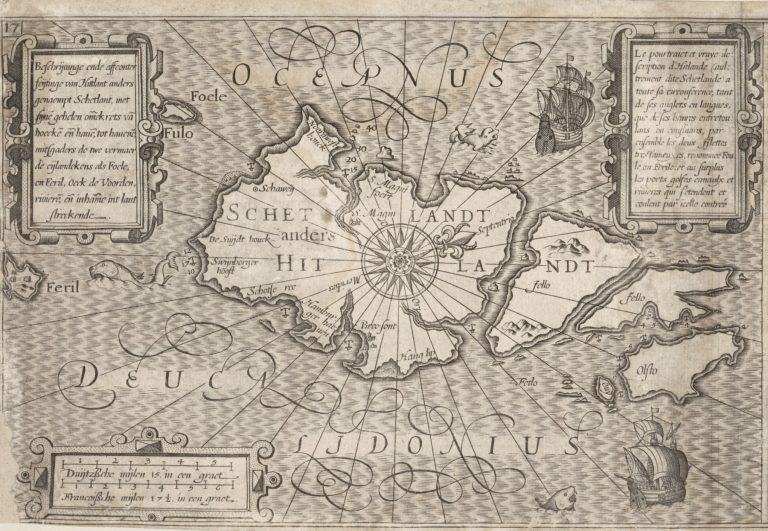
Highland landowners in the decades before and after 1800, and Scots associated with plantation slavery in the same period, have had a bad press. The view of many people of the Highland Clearances comes from John Prebble’s book. First published in 1963, it is still to be found in many book and tourist shops. It is well written, but uses quotations from published sources as a prosecution lawyer would evidence in a trial to build a case against the landowners who cleared their glens of people to create extensive sheep farms. A number of academic historians have also been very critical of landowners. Recently, Scots have become concerned with the links between their ancestors and plantation slavery. We used to take comfort from the facts that few slave ships sailed from Scottish ports and that Scots played an important part in the campaign against the slave trade. Now we appreciate that, as Philip Morgan has pointed out in Recovering Scotland’s Slavery Past, ‘if Scots think their country has few or no connections to slavery, they are sorely mistaken’. We know that there were Scots who manned the slave ships, who were merchants who financed the trade and who were planters and plantation overseers. We have recently learned from the slave compensation records, as analysed by Nicholas Draper, that a higher proportion of elite Scots owned slaves than in the United Kingdom as a whole.
There is a danger that a national narrative is created through which Scots develop a misleadingly simple understanding of these iconic aspects of their history. Lord Seaforth: Highland Proprietor and Caribbean Governor seeks to give a more nuanced picture. Its subject was a clan chief and owner of a great Highland estate, a Caribbean governor and the owner of plantations in Guiana which used enslaved labourers to grow cotton. His attitude to sheep farms was expressed when he replied to an offer of double rent for lands in Kintail that ‘he neither would let his lands for sheep pasture, not turn out his people for any consideration’. Why, as a clan chief and landowner, did he feel what was becoming an old fashioned sense of responsibility for his clansmen and small tenants? For five years shortly before the abolition of the British slave trade Seaforth was governor of Barbados. A British milord coming to a Caribbean sugar island was expected by the planters to back them against the slaves. In fact Seaforth mounted a five year campaign, against serious local opposition, to attempt to make it a capital offence for a white person to kill a slave. Why did he do this and what were the consequences of his policy? Why did be become the owner of slaves in Guiana when he regarded himself as a humanitarian and the arguments against plantation slavery were by then well known? Why did he believe that as an owner he could humanise slavery and how far did he succeed? This book sets out to answer these questions and in the process to give a balanced view of a man who was involved in Highland landownership, imperial governance and plantation slavery, and was also profoundly deaf. It sets him in the context of the tumultuous events through which he lived. It is based on extensive archival research and, in the words of Professor Eric Richards, captures Seaforth’s dilemma and tells his story with flair.

Finlay McKichan spent much of his career in teacher education and is a retired Senior Lecturer in the Education School of Aberdeen University. His serious interest in Highland History began when he wrote a schoolbook about the Highland Clearances in the 1970s. He has published three articles on Seaforth in academic journals and also contributed a chapter on Peter Fairbairn, Seaforth’s chief factor/plantation attorney, to The Land Agent, 1700-1920, recently published by EUP.
- Lord Seaforth: Highland Landowner, Caribbean Governor by Finlay McKichan is available now. Find out more on the Edinburgh University Press website






